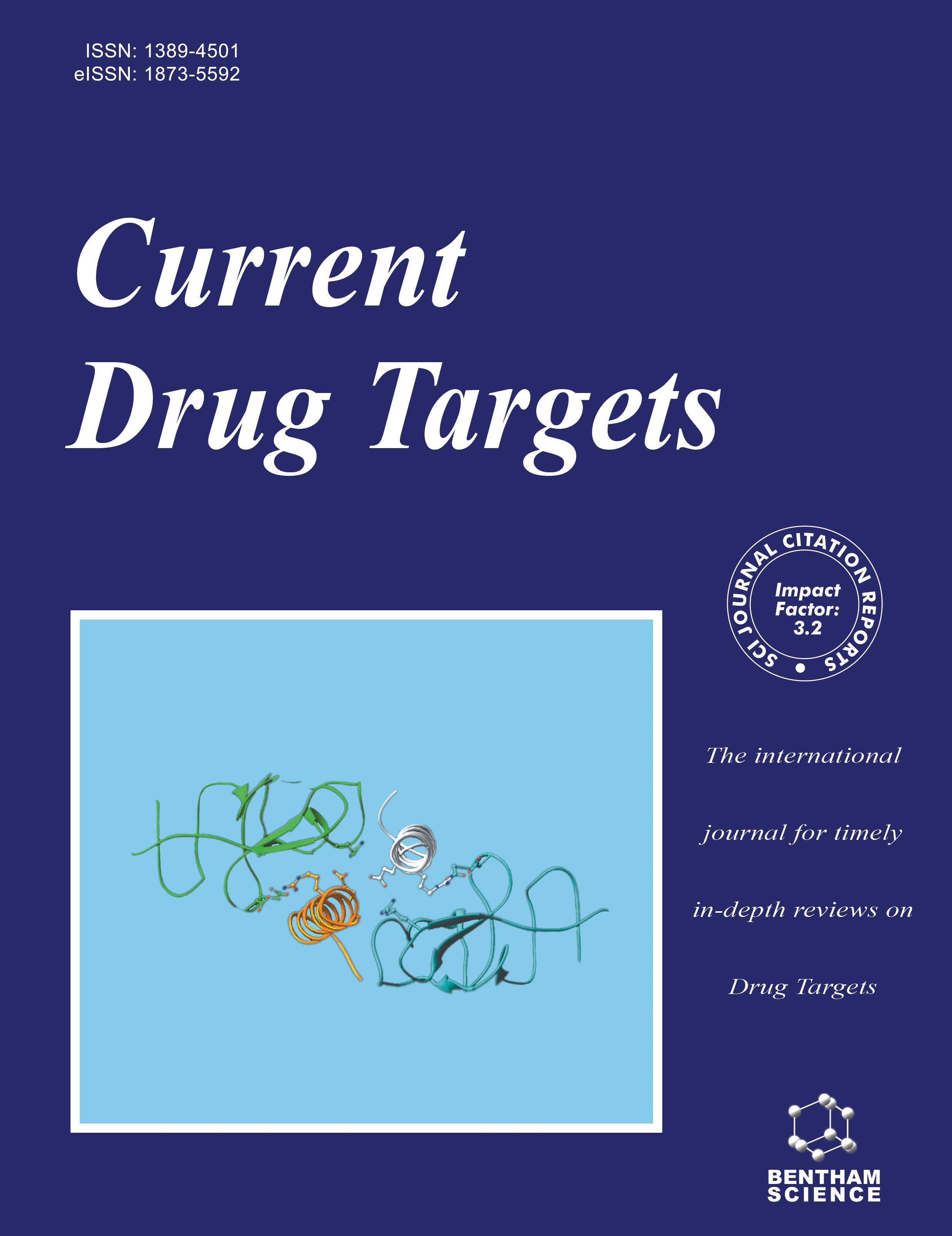
Full text loading...
We use cookies to track usage and preferences.I Understand
The second largest cause of cancer-related death worldwide, Hepatocellular Carcinoma (HCC) is also the most common primary liver cancer. HCC typically arises in patients with liver cirrhosis. Existing synthetic medicines for treating chronic liver disease are ineffective and come with undesirable side effects. Although herbal remedies have widespread popularity, there is still a long road ahead before they are fully accepted by the scientific community. Secondary metabolites and phytochemicals found in plants are abundant in both the human diet and the non-human environment. Natural plant chemicals have been shown to be beneficial as therapeutic and chemopreventive treatments for a wide variety of chronic disorders. Many diseases, including HCC, can be effectively treated with the help of phytochemicals found in food. Resveratrol, curcumin, urolithin A, silibinin, quercetin, N-trans-feruloyl octopamine, emodin, lycopene, caffeine, and phloretin are all examples. Approximately, 60% of all anticancer medications are determined to be derived from natural substances, according to recent studies. Plant derivatives have played an important role in cancer due to their capacity to scavenge free radicals, limit cell proliferation, and set off apoptosis. The progression of HCC is linked to inflammatory signaling pathways, and this study sought to look at how novel approaches, such as phytomedicines, are being used to fight cancer. Recent advancements in molecular mechanisms and drug targeting for HCC have been discussed in this review.

Article metrics loading...

Full text loading...
References


Data & Media loading...

